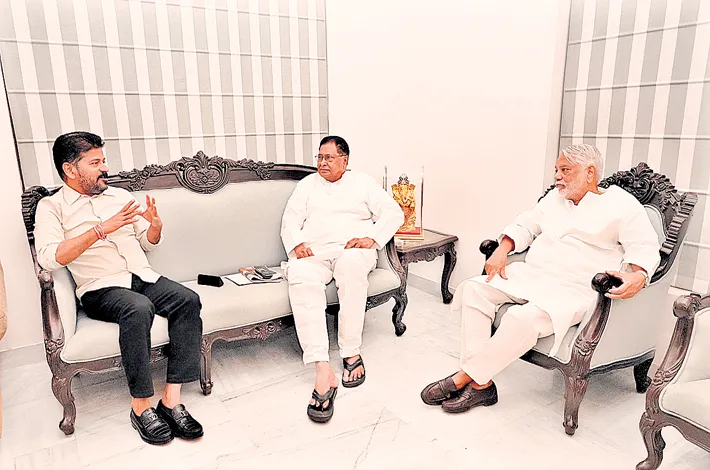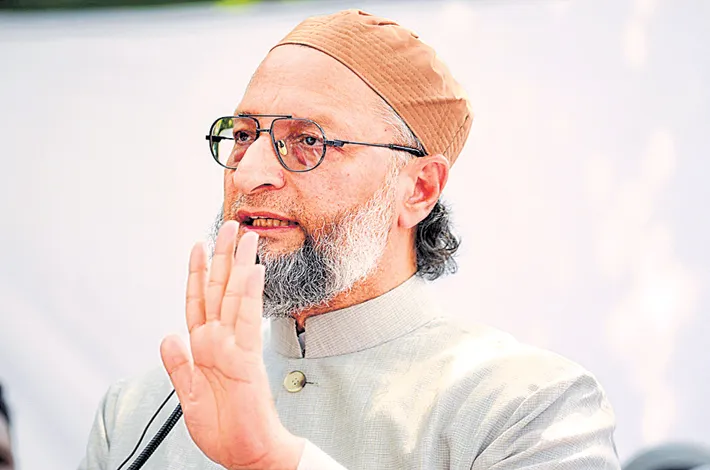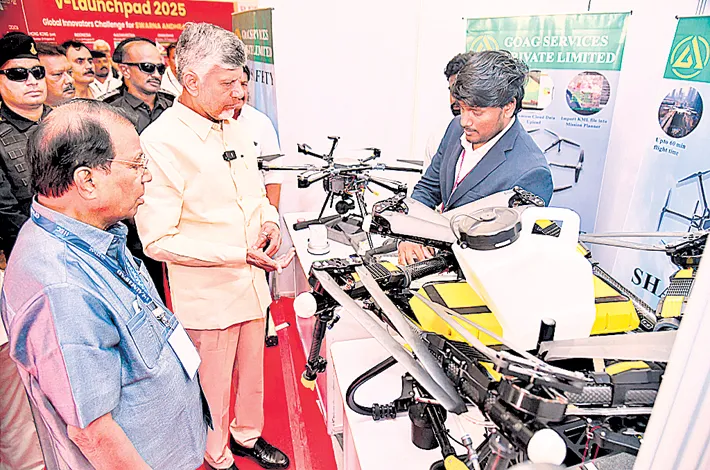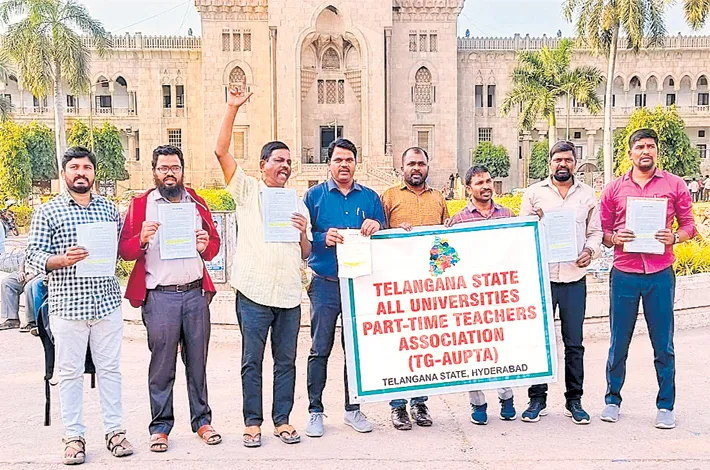Is the Centre sharing its resources adequately with states?
13-01-2025 12:00:00 AM

A healthy debate is needed on resource allocation among states, consultation on centrally sponsored schemes, and measures to promote fiscal prudence
The former Governor of the Reserve Bank of India, Dr. Duvvuri Subbarao, made some interesting observations about India’s fiscal federalism. In a lecture in Chennai, he argued that “Indian States enjoy more spending power (and hence more political clout) than their counterparts in other federations.” He concluded that “over time, the terms of fiscal federalism have, in fact, moved in favour of states.”
Our political debates are often divorced from real issues. One of the few meaningful debates raging in India is about fiscal federalism. On issues of Union-State relations, most commentators and politicians tend to take positions based on preconceived notions, disregarding facts. Let us examine the evidence and form conclusions. Opinions may vary from time to time, but facts are sacred. We can make progress in improving federalism only when we allow evidence and logic to dictate our opinions and debates.
The Finance Commission (FC) is one of India’s most credible and successful institutions. The Planning Commission (PC), dissolved in August 2014, was created by an executive order without constitutional authority or legal sanction.
In contrast, the Finance Commission is a constitutional authority established under Article 280 to recommend the distribution of net tax proceeds between the Union and States and allocation among States. The FC’s report is recommendatory in nature, yet successive governments, without exception so far, have treated its recommendations on Union’s devolution of resources to States as an award.
The quality of the members appointed to the FC, the expertise it has traditionally exhibited, the consultative process adopted, its nonpartisan approach to devolution, and its independence from the political executive make the FC and fiscal federalism one of the great success stories of our democracy.
Until 1995, the principles of devolution were confusing and arbitrary. The Tenth Finance Commission, in the wake of economic liberalisation, introduced a clear share of 29% of the net tax revenues in the “divisible pool.”
With the dissolution of the Planning Commission in 2014, the grants and allocations it previously managed became available for devolution by the Finance Commission. Consequently, the 14th FC (2015–20) recommended 42% of net Union taxes to be shared by the States, now reduced to 41% for the 15th FC period (2020–25).
We often hear States complaining that the Union does not devolve enough resources and demanding 50% of Union revenues be transferred. However, the reality today paints a different picture. Table-1 shows that as per the revised estimates for the fiscal year 2023–24, the total transfers from the Union to States amount to 55.1% of the gross revenues.
While the FC devolution share is `11,04,494 crore (41% of net tax revenues excluding cess and surcharge), the Union is also transferring `9,33,254 crore in various forms, including FC grants to local governments, centrally sponsored schemes, and zero-interest soft capital loans.
This totals `20,37,748 crore out of the gross revenues of `36,96,235 crore. Similarly, as per budget estimates, in 2024–25, `22,77,343 crore is expected to be transferred to States out of gross Union revenues of `40,96,737 crore, or 55.6%. Final figures in the 2025–26 Budget may vary slightly, but it is evident that States receive a lion’s share of Union gross revenues.
While it is true that States bear most of the burden of governance and citizen services, the Union faces a structural deficit of `1,25,699 crore after transfers to States and committed expenditures like salaries, pensions, and interest payments. Table-2 shows that, excluding China, federal expenditure in India is the lowest among all G-20 countries.
The Union spends only 39% of the general government expenditure at all levels (Union, State, and local). States spend 58% of the total – the highest in the world – while local governments spend a mere 3%, the lowest globally. In comparison, most other major countries allocate 12–22% to local levels. China is in a league of its own, spending over 50% at the local level.
Thus, the real unresolved issue in fiscal federalism is not Union transfers to States, but the States’ devolution to local governments. India remains the most centralised administration among G-20 countries, with power and resources concentrated at the State level and very little devolved to local governments.
A healthy debate is needed on resource allocation among States, consultation on centrally sponsored schemes, and measures to promote fiscal prudence. However, much of our fiscal federalism debate appears oblivious to the actual evidence of resource transfers to States.








